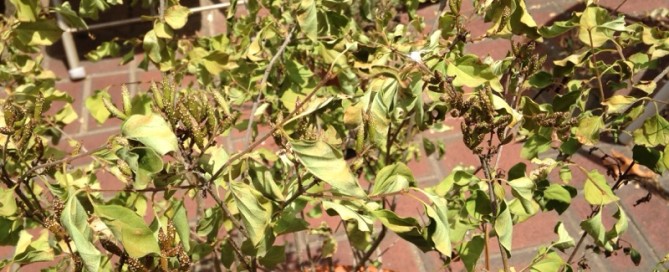Soap Spray
You might have applied this mixture during times when it was hot or when they were receiving sunlight, this would cause the leaves to be burned. Without knowing the contents of the soap spay you applied we can not advise you on what went wrong, but we suggest you do a scratch test to see if they are still containing life. To do this start at the upper most stems and take your finger nail and gently scratch in line with the stem, not horizontally. If just below the surface you see green it shows you there is still life there. If it is dry and brown it would suggest that it is dead. You can can continue to move down the stems toward the base in search of green. Remove any thing that is dead and give them some TLC, regular water and a weekly dose of a mild liquid seaweed fertilizer which can be obtained from your local garden center. Don't use a high number fertilizer on them at this time as the heat of summer will cause more damage.









